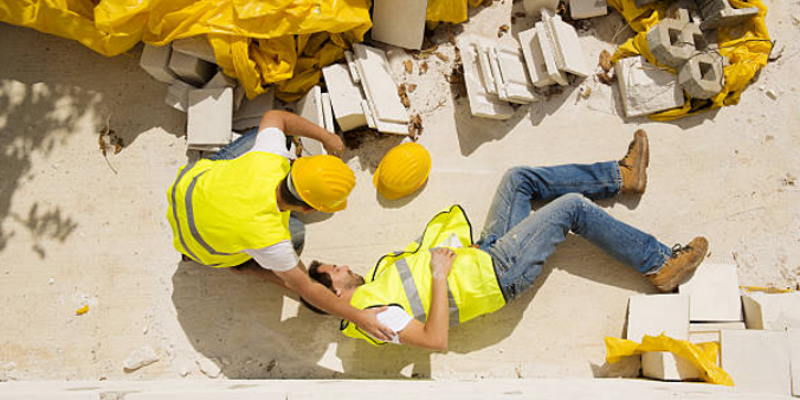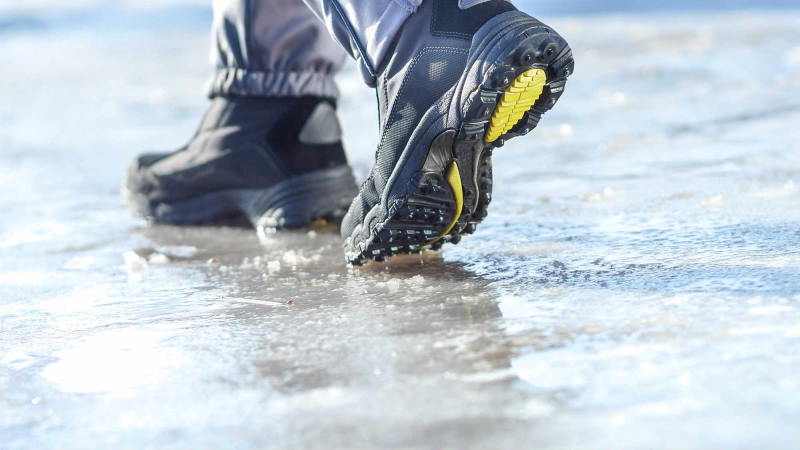Overlooked Fall Hazards
You have gathered all the materials and tools for your work. Attached your inspected harness and lanyard to a roof anchorage point and you are ready to get to work. But, one misstep and you are dangling in a harness, a potentially really dangerous situation. Nevertheless, your PPE has worked and kept the situation under control.
This is the best case scenario after a fall from height.
Let us check out different scenario’s that can play out if the situation is not well estimated, so called overlooked fall hazards. An effective and thorough fall protection plan can prevent some overlooked fall hazards from happening. Let us dive in and describe these hazards.
Swing Falls
When tethered to an anchor, after a worker has fallen, the lanyard will always move in the direction of the anchor. When a lanyards is too long, or an anchor placed too far away, a worker will literally swing while suspended in the air. As a result, the worker can slam to a concrete wall, go through a window or even hit the ground below. There are multiple ways to prevent swing falls from happening. Check out this dedicated blog on swing falls to learn more and download this toolbox to educate others.


